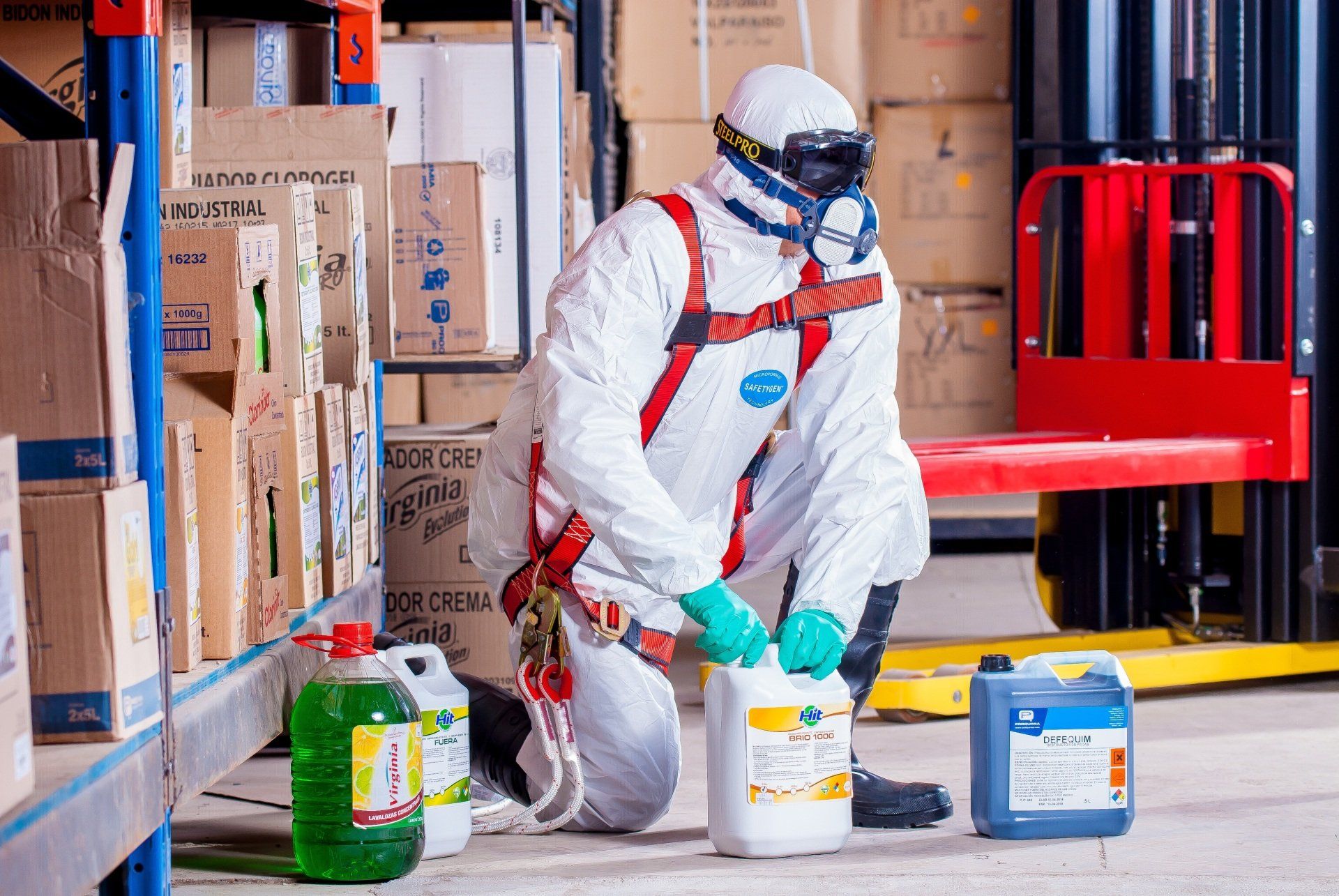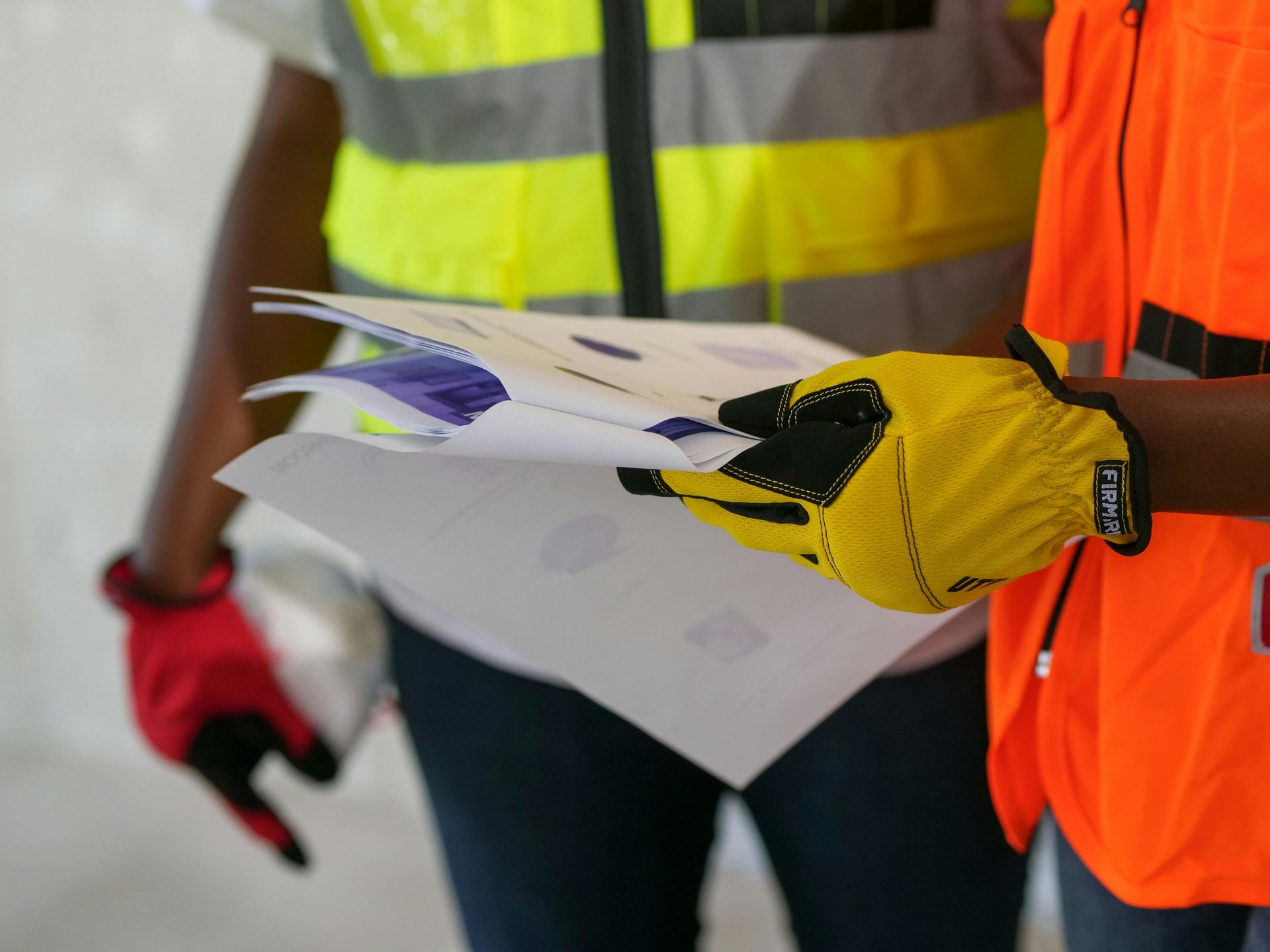The Hidden Dangers of Lithium Batteries: What You Need to Know
lithium-ion batteries power nearly everything. But are they safe?

In today’s fast-paced, tech-driven world, lithium-ion batteries power nearly everything — from smartphones to electric vehicles. These compact, high-capacity power sources have revolutionized our lives, but behind their convenience lies a serious concern: fire and explosion hazards.
As these batteries become more common in both household and commercial settings, understanding their risks and how to handle them safely is not just smart — it’s essential.
🔋 Everyday Items That Use Lithium Batteries
Chances are, you're surrounded by lithium batteries right now. Here’s a quick list of common items that use them:
- Mobile phones
- Laptops and tablets
- Drones
- Electric scooters and bikes
- Power tools
- Wireless earbuds and headphones
- Smartwatches and fitness trackers
- Digital cameras
- Remote-controlled toys
- Electric vehicles (EVs)
- Portable chargers (power banks)
- Cordless vacuum cleaners
These devices make our lives more efficient, but when misused or poorly manufactured, lithium batteries can become ticking time bombs.
🔥 The Hazards of Lithium Batteries
While lithium batteries are generally safe when handled correctly, their chemistry and structure pose several inherent risks:
1. Thermal Runaway
This occurs when a battery overheats and triggers a self-sustaining reaction, leading to fire or explosion. Causes can include overcharging, external heat, or physical damage.
2. Internal Short Circuit
Damage or manufacturing defects can lead to short circuits within the battery, potentially igniting the flammable electrolyte inside.
3. Swelling or Leakage
Over time, faulty batteries may swell, leak toxic chemicals, or even rupture — posing fire, chemical, and health hazards.
4. Combustibility
Lithium-ion batteries burn at extremely high temperatures and are difficult to extinguish with standard fire suppressants.
🧯 Real-Life Examples of Lithium Battery Disasters
🔹 1. Samsung Galaxy Note 7 Recall (2016)
Samsung's flagship phone was pulled from the market after over 100 incidents of overheating and fires. The problem? A manufacturing defect that caused internal short circuits. The fiasco cost Samsung over $5 billion and damaged its brand reputation significantly.
🔹 2. New York City E-Bike Fires (2023)
The FDNY reported over 200 fires in 2023 alone linked to lithium battery-powered e-bikes and scooters, resulting in multiple fatalities and dozens of injuries. Many of these were caused by improper charging practices or use of unregulated, aftermarket batteries.
🛡️ How to Stay Safe: Lithium Battery Safety Tips
Whether you’re charging your phone or flying a drone, follow these precautions to minimize risk:
✅ Use the Right Charger
Always use the manufacturer-recommended charger. Third-party chargers can overcharge or improperly regulate voltage.
✅ Charge on a Hard, Flat Surface
Avoid placing devices on beds, couches, or under pillows during charging. These insulate heat and can lead to overheating.
✅ Avoid Physical Damage
Never puncture, crush, or drop lithium batteries. Even minor impacts can compromise their internal structure.
✅ Don’t Leave Charging Devices Unattended
Unattended charging, especially overnight, increases the chance of unnoticed overheating or fire.
✅ Store Safely
Keep batteries away from direct sunlight, flammable materials, and high temperatures.
✅ Dispose Properly
Recycle lithium batteries at certified collection points. Never toss them in the trash — they can spark fires in garbage trucks or landfills.
And finally
As our reliance on lithium batteries grows, so too must our awareness of their potential dangers. By taking the right precautions and treating these powerful cells with the respect they deserve, we can continue to enjoy the benefits of our tech — safely.
If you use lithium-powered devices (and you almost certainly do), a few simple habits could make the difference between a regular day and a catastrophic accident. Stay informed, stay cautious, and stay safe.



